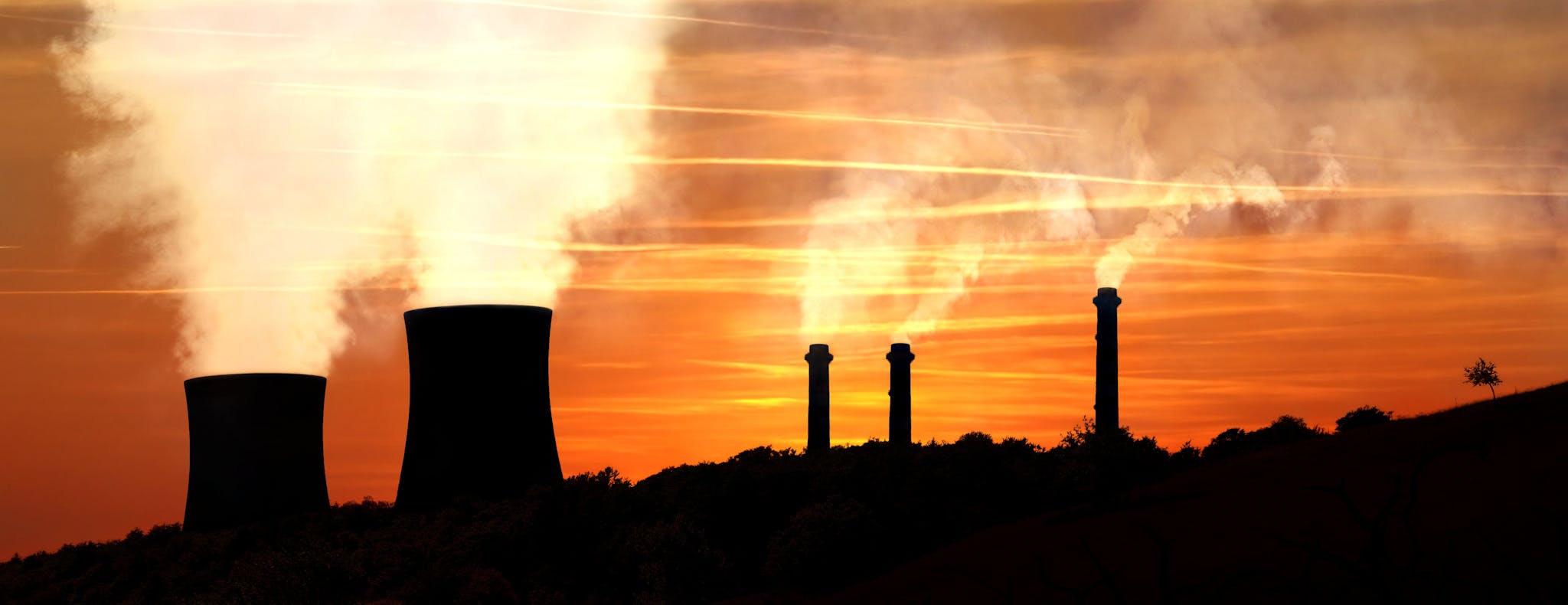
2025-06-10T13:54:10
Understanding Skin Grafts
- Dermatology
- Family Medicine
- Internal Medicine
- Orthopedics
February 28, 2017 | Family Medicine
Specialties:Family Medicine

If you’ve lived in the Salt Lake Valley or surrounding areas for any period of time, chances are you’re very well aware of inversion. Especially during the cold months, big pockets of trapped air can linger over large sections of Utah for days or weeks at a time, often affecting air quality.
For many people, especially those already at risk of certain conditions related to inversion, these air quality concerns can quickly become health concerns. The right precautions can help you avoid many of these problems, but there are times where some people might have to get medical assistance. Let’s look at the basics of inversion, how to track air quality and what you can do about potential health issues related to inversion.
An inversion refers to any time a thick layer of cold air gets trapped under a layer of warm air. The cold air often contains pollutants, which stay in the atmosphere at low levels and are trapped by the bowl-like qualities of the Wasatch Front mountain ranges. Fog and snow on the ground can make inversion even worse by tampering with air temperatures and chemical reactions.
In most cases, it will take a strong storm to get rid of a big inversion. However, many inversions also occur right after a snowstorm—new snow makes the ground colder near the surface, but clear skies cause warmer temperatures higher up, which lead to the effect.
There are two primary measures that are used to track the quality of the air during an inversion:
The Utah Department of Health keeps an updated page that tracks daily levels of PM2.5 and ozone, and gives health recommendations based on air quality. If you are unsure about any guidelines or concerned they may not be right for you based on a pre-existing condition, speak to your doctor.
There are six common air pollutants that are found all over the country and can affect health. These pollutants include:
Within Utah specifically, wood smoke is often a common cause of inversion.
The World Health Organization estimates that 3.7 million people die every year around the world from the effects of air pollution. The vast majority of these cases were directly due to coronary artery disease, and the second-most common cause is chronic obstructive pulmonary disease (COPD) and respiratory tract infections.
There are several areas that are commonly associated with inversion and air pollution:
There are a few precautions you can take to keep yourself safer from pollution during inversions, especially if you’re at high risk of any of the conditions listed above. A few preventive tactics include:
For people who suffer from more serious pollution-related health conditions, the time to see a doctor will depend on individual cases. It’s always good to get a checkup during some of the coldest times of the year when inversion is more common, and speak to your doctor right away if you see any major signs of your condition during a big inversion.
Our providers take time to listen and communicate clearly with each patient, and our professional and courteous staff provides quality, personalized care for all of our patients’ general health and medical needs. We specialize in weight control, depression management, skin care, hormone replacement, cardiac conditions and cholesterol management. We strive to provide our patients and their families with quality healthcare services and respect their right to participate in all treatment decisions.
“Air Pollution and Public Health in Utah.” Utah Department of Health. http://www.health.utah.gov/utahair/index.html
“Winter Inversions: What Are They and What We Can All Do To Help.” Salt Lake City Government Website. http://www.ci.slc.ut.us/winter-inversions-what-are-they-and-what-we-can-all-do-help

WRITTEN BY:
The Live Better Team

2025-06-10T13:54:10

2025-04-24T14:00:43

2025-03-10T14:24:39

2025-01-21T10:28:42
This information is not intended to replace the advice of a medical professional. You should always consult your doctor before making decisions about your health.